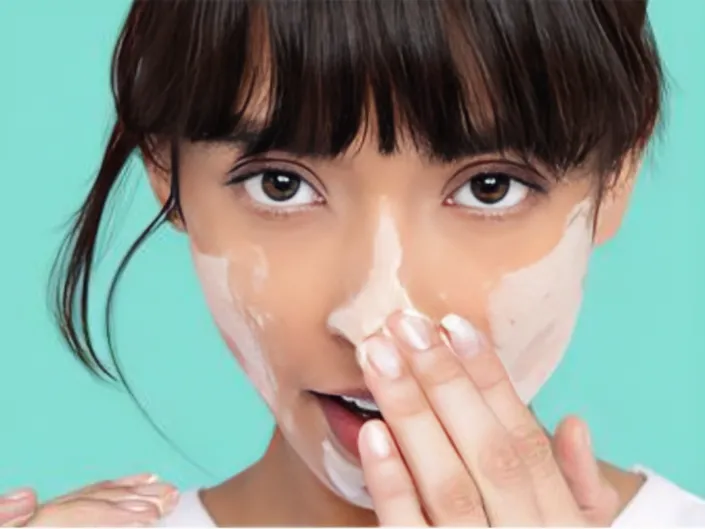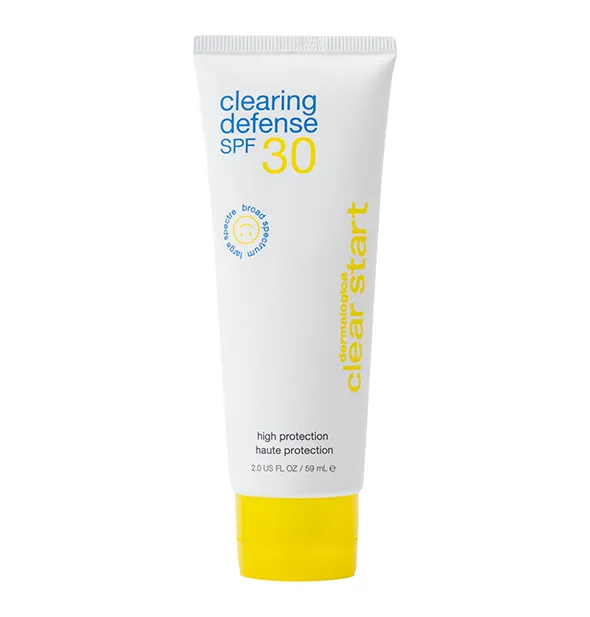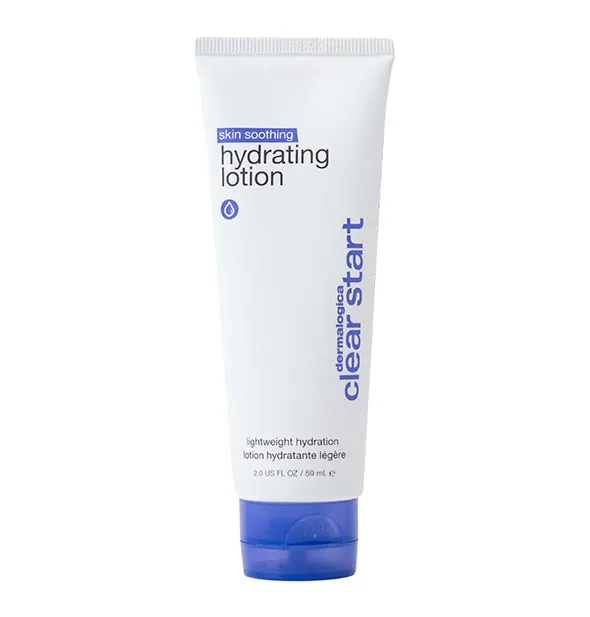
Ever wondered what causes breakouts and blackheads? We demystify these skin concerns and get straight to the point.
The Breakout Basics
Breakouts happen when dead skin cells, excess oil, and bacteria team up. These troublemakers create a clog in your pores, leading to inflammation, redness, and acne. It’s as simple as that.
Behind the Basics
Imagine your skin as a protective sheet with tiny pores connected to oil glands beneath it. These glands produce sebum, while you shed about 35,000 skin cells per hour. If these cells hang around in a pore, they can mix with excess oil and create acne, from common blackheads to severe forms.
Unmasking Blackheads
Blackheads may seem like dirt but turn black due to oxidation, just like a sliced apple. They stay open and get oxygen. Some go away on their own or can be extracted, but others can escalate if infected or inflamed. To prevent blackheads from turning into breakouts, try our Blackhead Clearing Fizz Mask. It keeps your pores clear and your skin fresh.
Whiteheads and Milia: The Quiet Cousins
Whiteheads are like blackheads without the black part. They usually disappear on their own but can worsen if they get infected. Milia, those tiny, hard white bumps, are benign cysts often mistaken for acne.
Dermalogica Skincare Treatments
Regular facials and skincare treatments will help to improve your skin over time. Our Dermalogica Proskin Facial is an ideal skincare solution to keep your skin looking healthy, blemish-free and radiant.
Your Ideal Skin Routine
Morning:
- Cleanse: Use Clearing Skin Wash
- Tone: Spritz Micro Pore Mist
- Treatment: Apply Cooling Aqua Jelly for redness or Breakout Clearing Booster for spots
- Protect: Finish with Clearing Skin Defence Moisturiser SPF30

Evening:
- Cleanse, Tone and Treatment: (as for Morning)
- Hydrate: Finish with Skin Hydrating Lotion

